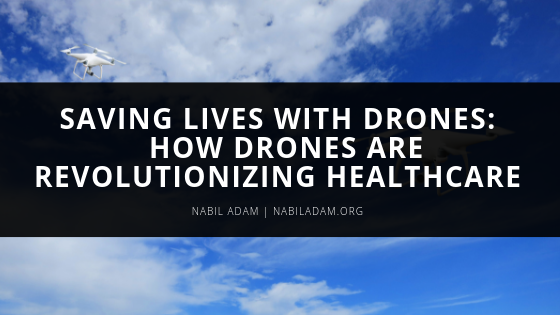From delivering medications to remote areas half a world away to beating an ambulance to a cardiac arrest emergency, drones have the potential to fill a far more important role than simply entertainment or surveillance. While drone implementation in the healthcare field is only just beginning, this burgeoning use of unmanned aerial vehicles (UAV) will eventually revolutionize the healthcare industry. Below we explore X ways in which drones are saving lives and helping patients access the care they need.
Delivering Blood & Medical Supplies in Sub-Saharan Africa
In 2016, California-based company Zipline began its medical delivery service in Rwanda, allowing the almost immediate delivery of lifesaving blood, medicine and medical supplies to remote clinics across the country. Based out of its distribution center in Muhanga, Zipline takes orders for much-needed supplies from healthcare practitioners across the country through its app and promptly delivers the supplies with one of their drones. Deliveries of lifesaving supplies that would usually take hours can now be in the hands of healthcare providers in around 15 minutes. Zipline has since expanded its operation to Ghana and parts of Tanzania.
Beating Ambulances to the Scene of an Emergency
There’s no doubt that a well-equipped drone can help save lives in an emergency situation. A 2017 study showed that by using a small unmanned drone, EMS services can get an automatic defibrillator to a cardiac arrest patient around 16 minutes faster than an ambulance. Time is of the essence when dealing with a stopped heart, and 16 minutes can be the difference between a patient suffering brain damage or completely recovering.
Other studies have looked at the possibility of having drones deliver telemedicine kits to victims of disasters or terrorist attacks, potentially providing lifesaving care much faster than traditional emergency services can respond. Of course, both of these options require bystanders to be willing to help and are a long way from clearing FAA regulatory hurdles before implementation is possible.
Air-Dropping Contraceptives to At-Risk Communities
The United Nations began a program in 2016 that air-drops condoms to the people of rural Ghana. In a nation where 1.37 percent of the population is infected with HIV and a majority of people don’t have access to any form of birth control, this program is poised to greatly benefit everyone across the region. Five other African countries are considering joining the initiative.

